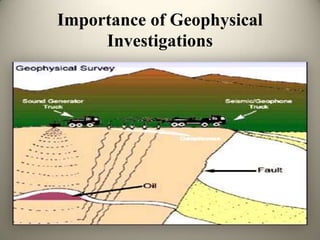All Categories
Featured
Table of Contents
Geophysical Methods in Shenton Park Australia 2021
Time piece from 23 to 25ns. This last slice is now nearly all blank, however a few of the walls are still revealing highly.
How deep are these pieces? Unfortunately, the software I have access to makes approximating the depth a little challenging. If, nevertheless, the leading 3 slices represent the ploughsoil, which is most likely about 30cm think, I would guess that each slice has to do with 10cm and we are just coming down about 80cm in overall.

Fortunately for us, the majority of the sites we are interested in lie simply listed below the plough zone, so it'll do! How does this compare to the other techniques? Comparison of the Earth Resistance data (leading left), the magnetometry (bottom left), the 1517ns time piece (top right) and the 1921ns time slice (bottom left).
Geophysical Surveys in West Leederville Aus 2021
Magnetometry, as talked about above, is a passive strategy determining local variations in magnetism versus a localised zero value. Magnetic susceptibility study is an active technique: it is a step of how magnetic a sample of sediment might be in the presence of a magnetic field. How much soil is checked depends on the size of the test coil: it can be extremely little or it can be relatively big.
The sensing unit in this case is extremely small and samples a small sample of soil. The Bartington magnetic vulnerability meter with a large "field coil" in usage at Verulamium throughout the course in 2013. Top soil will be magnetically improved compared to subsoils simply due to natural oxidation and reduction.
By measuring magnetic susceptibility at a relatively coarse scale, we can spot locations of human profession and middens. We do not have access to a dependable mag sus meter, but Jarrod Burks (who assisted teach at the course in 2013) has some outstanding examples. Among which is the Wildcat site in Ohio.
Surface Geophysical Methods - Us Epa in Langford Aus 2023
These towns are frequently laid out around a main open area or plaza, such as this reconstructed example at Sunwatch, Dayton, Ohio. Sunwatch Town, Dayton, Ohio (picture: Jarrod Burks). At the Wildcat site, the magnetometer study had actually located a range of features and houses. The magnetic susceptibility survey assisted, nevertheless, define the main area of profession and midden which surrounded the more open location.
Jarrod Burks' magnetic vulnerability study arises from the Wildcat site, Ohio. Red is high, blue is low. The technique is for that reason of excellent use in defining areas of general profession instead of identifying particular features.
Geophysical surveying is an applied branch of geophysics, which uses seismic, gravitational, magnetic, electrical and electro-magnetic physical approaches at the Earth's surface to measure the physical properties of the subsurface - Geophysical Methods in Cloverdale Western Australia 2022. Geophysical surveying methods typically determine these geophysical residential or commercial properties in addition to anomalies in order to examine numerous subsurface conditions such as the existence of groundwater, bedrock, minerals, oil and gas, geothermal resources, spaces and cavities, and a lot more.
Latest Posts
Geoscientist - College Of Science in St James Aus 2021
What Is A Seismic Survey? in Straffon Oz 2021
What Are Geological, Geochemical, in Hovea WA 2022